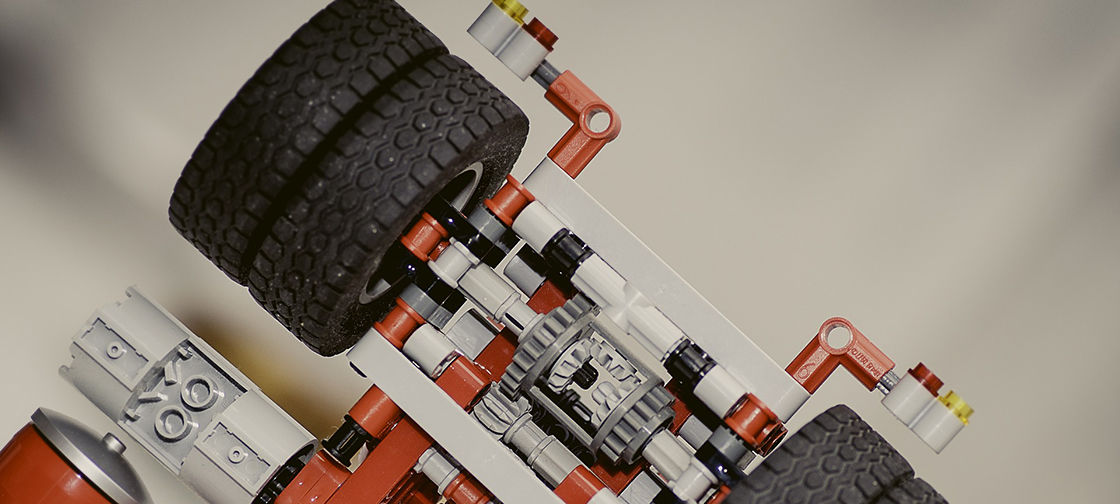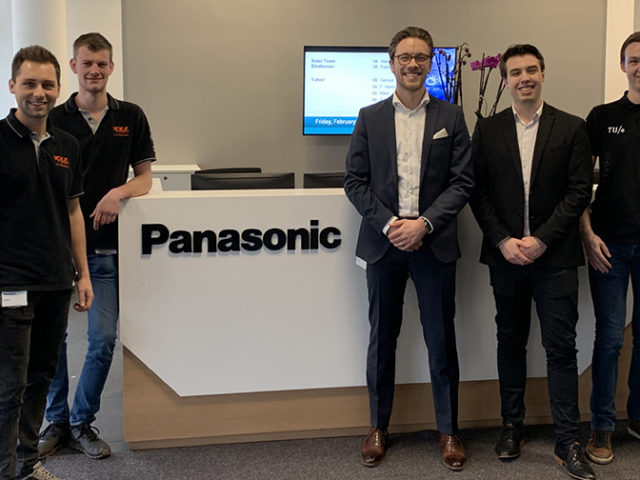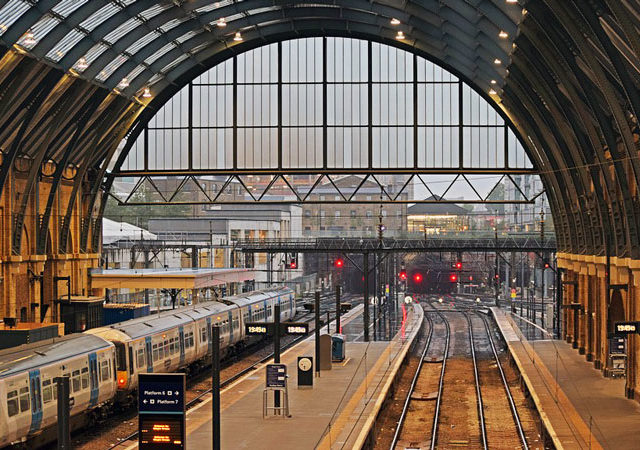A number of student teams will compete with each other on the EMEA NXP Cup next week.
The build-up to this year’s NXP Cup EMEA has begun, and the Deggendorf Institute of Technology (DIT) is ready to do battle. The academic establishment has participated in this highly regarded event since 2015. Founded by NXP Semiconductors, this competition gives teams of engineering students the opportunity to construct and program autonomous racecars and then compete with each other on the track. A record 158 teams from high schools and universities representing 16 different countries within the EMEA region signed up to participate in the 2019 NXP Cup EMEA competition. In late January 2019, the 16 DIT teams presented their projects for qualification into the finals on March 27.
The prospective DIT teams labored tirelessly throughout the last semester, preparing their autonomous vehicles to perform during the four grueling challenges. With the stakes so high, many were quite nervous and looked to use the last couple of hours available to carry out the fine-tuning of their hardware and implement any software changes. The programming was done via either the Mbed platform or the MCUXpresso Integrated Development Environment (IDE), the latter proving to be most popular with the teams.
As part of its ongoing work to encourage new generations of engineers across the continent through involvement in numerous competition-oriented ventures, Mouser Electronics served as a key sponsor of the NXP Cup EMEA for the last two seasons. In 2019, Mouser Electronics became the official supplier of the car kits used by each of the student teams.
The basis of these kits is the NXP Freedom FRDM-KL25Z Board for Kinetis L series microcontrollers with ARM Cortex-M0+ processor cores. For these cars, a simple Complementary Metal-Oxide-Semiconductor (CMOS) line scan camera supports the vision element.
The powertrain is comprised of a pair brushed electric motors, thereby giving students the chance to learn about electronic differential and motor-control techniques. As a default, every kit contains a 7.2V output 2500mAh Nickel-Metal Hydride (Ni-MH) battery. However, participants can choose their battery, as long as the battery has a maximum 7.4V, with less than 3000mAh based on rechargeable Nickel-Cadmium (NiCd), NiMH or Li-Ion technologies. Lthium Polymer (LiPo)-based batteries are not allowed.
The Code for Speed team, along with the likes of Byte Rider, JT_Drive and Overtaker relied on the Model C version of the kit, while other teams, such as Burning Wheels, made use of the new Almak kit . Both these kits share the same 16mm wheelbase and have almost identical chassis dimensions, but Almak has a one-piece body, while the Model C has a segmented body.




